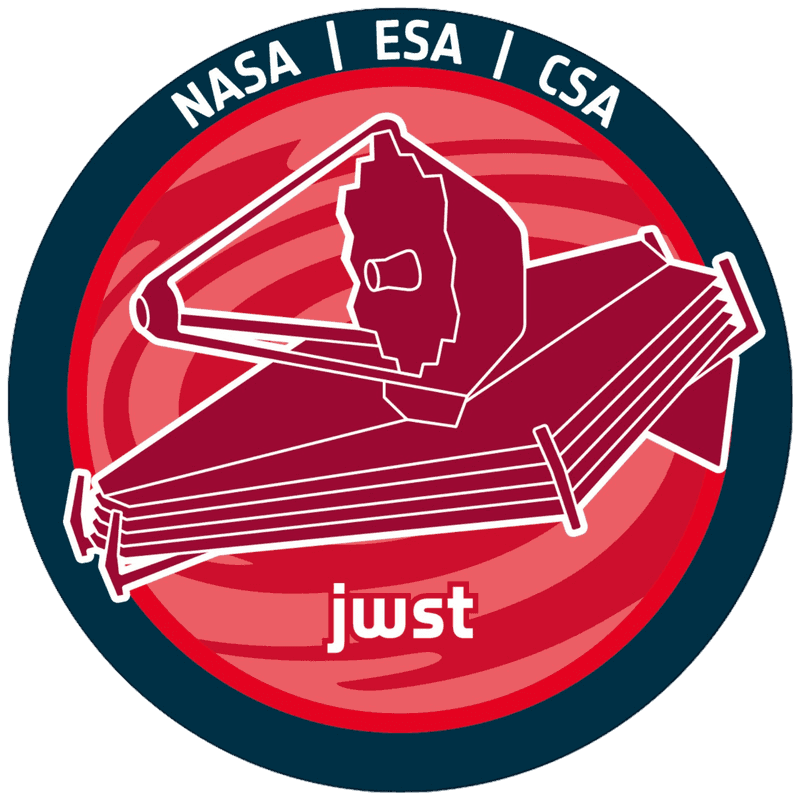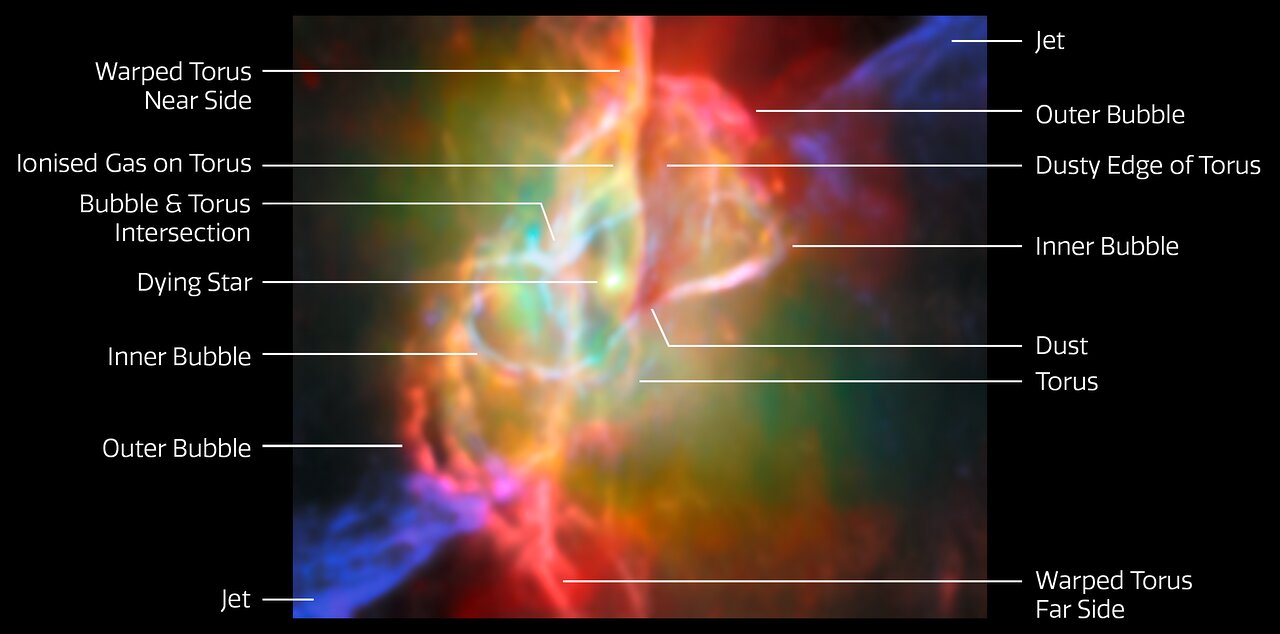Butterfly Nebula NGC 6302 (Webb and ALMA image, annotated)
This annotated image takes the viewer on a deep dive into the heart of the Butterfly Nebula, NGC 6302, as seen by the NASA/ESA/CSA James Webb Space Telescope. The Butterfly Nebula, located about 3400 light-years away in the constellation Scorpius, is one of the best-studied planetary nebulae in our galaxy.
Planetary nebulae are among the most beautiful and most elusive creatures in the cosmic zoo. These nebulae form when stars with masses between about 0.8 and 8 times the mass of the Sun shed most of their mass at the end of their lives. The planetary nebula phase is fleeting, lasting only about 20 000 years.
At the centre of the Butterfly Nebula is the ancient core of a Sun-like star that energises the surrounding nebula and causes it to glow. This scorching central star is hidden from view at optical wavelengths, but Webb’s infrared capabilities have revealed the star and its surroundings in great detail.
This image, which combines infrared data from Webb with submillimetre observations from the Atacama Large Millimetre/submillimetre Array (ALMA), shows the doughnut-shaped torus and interconnected bubbles of dusty gas that surround the nebula’s central star. The torus is oriented vertically and nearly edge-on from our perspective, and it intersects with bubbles of gas enclosing the star. The bubbles appear bright red in this image, illuminated by the light from helium and neon gas. Outside the bubbles, jets traced by emission from ionised iron shoot off in opposite directions.
[Image description: The complicated structure at the centre of the Butterfly Nebula, NGC 6302. There is a bright source at the centre of the image, labeled ‘dying star’. This is surrounded by greenish nebulosity and several looping lines in cream, orange and pink. One of these lines appears to form a ring oriented vertically and nearly edge-on around the bright source at the centre. This ring is labeled in several different places to indicate the near and far sides of a structure called the torus, a dust lane running along the torus and an area where the torus is ionised. Other lines trace out a figure eight shape. These lines are labeled to indicate the inner bubble as well as where the bubble intersects with the torus. Moving outward from these complex lines and green nebulosity, there is a section of red light on either side of the object, labeled ‘outer bubble’. The upper-right and lower-left corners of this image show a purple streak pointing out of the image. These purple streaks are labeled ‘jet’.]
Credit:ESA/Webb, NASA & CSA, M. Matsuura, ALMA (ESO/NAOJ/NRAO), N. Hirano, M. Zamani (ESA/Webb)
About the Image
| Id: | weic2517c | |
|---|---|---|
| Type: | Chart | |
| Release date: | 27 August 2025, 10:00 | |
| Related releases: | weic2517 | |
| Size: | 2526 x 1252 px | |


